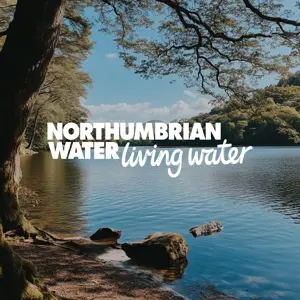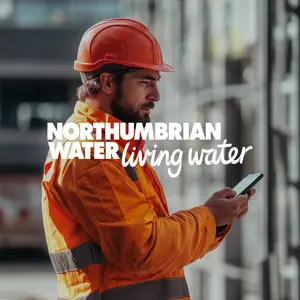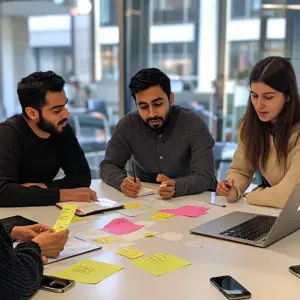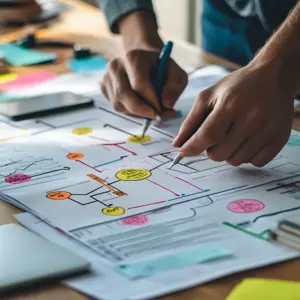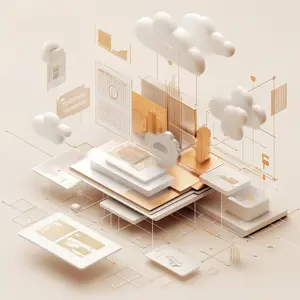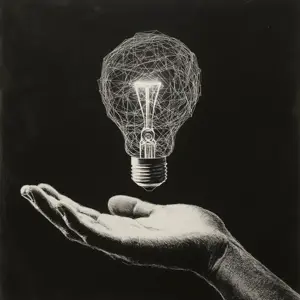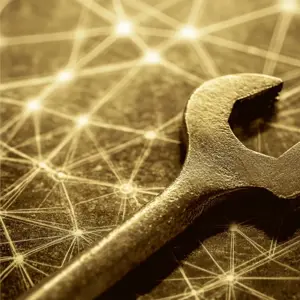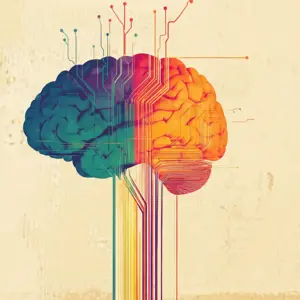What this represents isn't just a 'reshuffle' or the 'tweaking of a few rules' but, instead, the most significant regulatory overhaul the water sector has ever seen. And the timing? It couldn't be more perfect as we dive into AMP8 (2025-2030), the period that's set to transform how water companies operate from the ground up.
This change means that much lies ahead for the sector, but the message is clear: The water sector needs regulation that encourages innovation and, with climate change, aging infrastructure, and environmental pressures mounting, time is of the essence.
AMP8: perfect timing for a tech revolution
The timing of this announcement is interesting. Just as the regulatory landscape is navigating its biggest overhaul in decades, AMP8 marks a period where cutting-edge technology will redefine many aspects of how our water services are managed.
AMP8 is an inflection point for the sector. Yes, it's another regulatory period but it's a transformational era that introduces stricter targets for leakage, environmental performance and customer service.
The scale of change in the sector is huge right now, with technologies such as predicative monitoring and digital twins of entire networks now becoming a part of standard procedures.
The tech revolution: three game-changing areas
Digital-first everything
As a heavily regulated sector, performance reporting is of course expected and necessary. However, instead of waiting for monthly reports to know what's happening in their networks, real-time dashboards are being implemented that show everything from pressure levels to potential leak locations.
The use of digital in the sector is about fundamentally changing how decisions get made. Instead of educated guesses based on last month's data, digital tooling has the power to make smart choices based on what's happening right now.
Environmental compliance gets smart
Historically, the approach to dealing with large environmental issues such as sewage spills was to fix the problem and then complete an array of paperwork to satisfy regulatory expectations.
These days, smart sensors and AI are working together to predict when systems might get overwhelmed and automatically take preventative action. Technology is continually learning and adapting in these situations, working to prevent disasters rather than just warn about them.
Infrastructure becomes intelligent
Water companies are already building digital twins of their entire operations - sophisticated virtual models that mirror real-world assets, networks, and processes in real time. The value of them goes way beyond a simple simulation though. They allow companies to test different scenarios, learning from them to predict when and where problems may occur.
By combining IoT sensor data, predictive analytics, and machine learning, digital twins give water companies a powerful decision-making tool which ultimately helps them to move from reactive problem solving to proactive, data-driven management of critical infrastructure.

Tapping into a wave of investment
A major wave of innovation funding is being unlocked in AMP8. Combined with the regulatory changes and growing interest from big tech, the industry is entering a period of rapid transformation.
This surge in funding is accelerating progress across the sector. Solutions that might have once taken years to design and deploy are now being rolled out in months, thanks to both regulatory support and strong financial investment.
Investment in innovation is increasing on a scale that means the sector is now emerging as one of the most exciting spaces for technology.
From aspiration to implementation
Having the ability to leverage powerful technology is great but actually implementing it successfully is what's important. Water companies that are getting transformation right are:
- Embedding technology into their strategy from day one, not treating it as an afterthought that gets shoehorned into existing processes
- Prioritising their people and the systems and processes that empower them so that innovation translates into meaningful results
- Keeping customers front and centre because they recognise that being innovative should ultimately make life better for the people paying the bills
- Recognising the complexity of challenges in the sector by fostering an approach of constant collaboration with their colleagues, suppliers, customers and industry neighbours
Navigating the future of water
So, what does all of this mean for the future?
It feels like the combination of regulatory reform and technological innovation is creating opportunities that didn't exist before, certainly not on the same scale.
Water companies have the unique opportunity of being able to position themselves as leaders in industrial digitisation. An exciting opportunity subsequently exists for technology companies as they discover that the water sector offers some of the most interesting challenges and opportunities in the tech world right now.
If water companies and government get this next phase right then, most importantly, customers and our communities stand to benefit from water services that are more reliable, more sustainable and more responsive to their needs than ever before.
The bottom line? Change is good
The potential abolition of Ofwat represents far more than just regulatory change. It's recognition that the water sector needs the freedom to innovate its way through some significant challenges.
Combined with AMP8's technology focus, the investment into the sector and ever evolving customer expectations, we're looking at a complete transformation of how our water services work.
What's clear is that, whatever your role in water – as a water company, a developer of technology solutions, or a consumer that simply appreciates a clean, reliable water source – we're in exciting times, and technology is more than ready to deliver in the industry's biggest ever shake-up.




